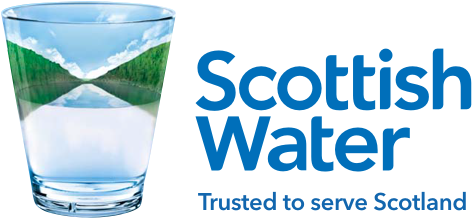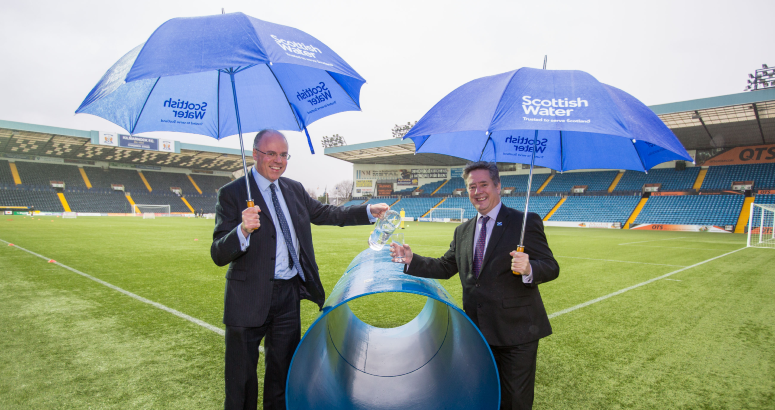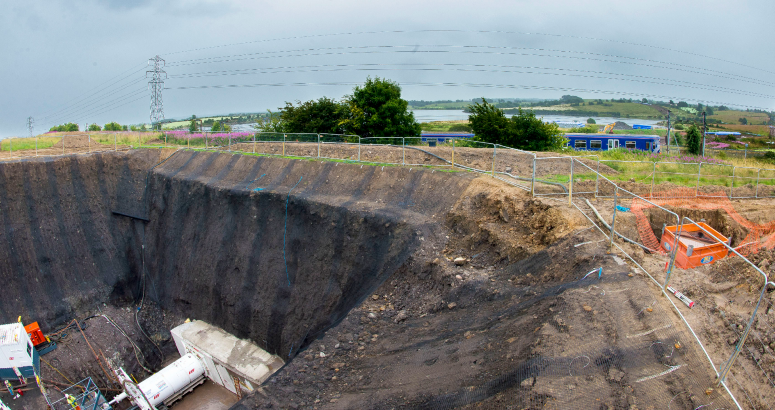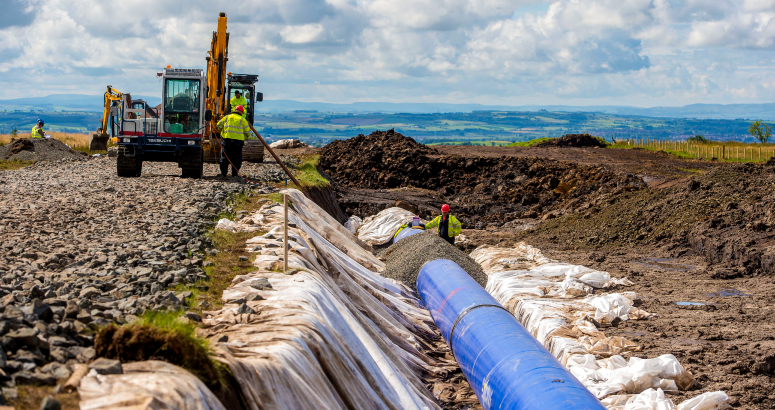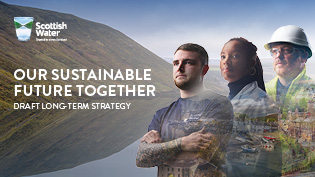Record Investment In Water Services For One Million Customers
31 October 2025Significant Boost
The completion of this investment significantly boosts security of supply to hundreds of thousands of households.
The £235m investment provides two-way connection between the drinking water networks in the Greater Glasgow area, Ayrshire and East Renfrewshire.
It significantly boosts security of supply of Scotland’s most precious natural resource to hundreds of thousands of households.
The new connected system will substantially improve operational resilience and, in the event of an issue such as a burst trunk water main, enable tens of millions of litres of water to be transferred in either direction and minimise the impact of the burst on customers.
Over the Years
The investment included the installation of 30 miles of new water mains in Ayrshire and 7.5 miles of new mains in south-west Glasgow and the construction of a new pumping station in the Ibrox area of the city.
Delivery most welcome
Welcoming delivery of the investment, Rob Mustard, Scottish Water’s Director of Capital Investment at the publicly-owned company, said: “This is a massive boost for the west of Scotland. It means the water network is more robust, enabling more secure delivery of tens of millions of litres of drinking water to homes.
“It allows us to respond more quickly to operational issues such as mains bursts, ensuring people continue to have access to Scotland’s world-class drinking water when they need it.”
The investment included the installation of 30 miles of new water mains in Ayrshire and 7.5 miles of new mains in south-west Glasgow and the construction of a new pumping station in the Ibrox area of the city.
The connecting of the two systems – creating one big water network stretching from Loch Bradan in South Ayrshire to Loch Katrine almost 100 miles away in west Stirlingshire – boosts Scottish Water’s ability to move water between different parts of the country.
Mr Mustard added: “We have significantly improved and future-proofed services for customers and this aligns with Scottish Water’s Long-Term Strategy which sets out a comprehensive approach that aims to ensure the country’s water and waste water services remain sustainable, resilient and affordable into the future.”
“This investment by Scottish Water in the water networks in the west of Scotland is essential to increase resilience, ensuring Scottish Water can respond quickly to any unforeseen events and continue to supply its customers with high quality drinking water.”
Gillian Martin
Climate Action Secretary
The completion of the investment was welcomed by Climate Action Secretary Gillian Martin, who said: “This investment by Scottish Water in the water networks in the west of Scotland is essential to increase resilience, ensuring Scottish Water can respond quickly to any unforeseen events and continue to supply its customers with high quality drinking water.
“It is good example of why this government is committed to the public ownership of our water industry – as all profits go back into improving the service for customers, never to shareholders.”
What the investment in the water infrastructure involved
The major infrastructure improvements have provided a two-way water supply between the Milngavie Water Treatment Works (WTW) system, which provides water for more than 700,000 people across much of the Greater Glasgow area, and the Bradan WTW system which supplies more than 200,000 customers across much of Ayrshire. They will also benefit almost 50,000 customers in East Renfrewshire.

Water supply, Loch Katrine

Water mains being joined in Ayrshire
The Glasgow phase of investment
The third and final phase of an overall investment which started in 2015, involved the installation of almost eight miles of new water mains in south-west Glasgow, running from Ibrox to a reservoir storage tank in the Parkhouse/Darnley area.The final phase of the work in Glasgow, which started in 2021, followed massive investment in two earlier phases which involved the installation of more than 30 miles of water mains in Ayrshire.
The Glasgow phase over the past four years included the construction of four tunnels including one under the M8 motorway and the Glasgow-Ayr railway line, which pupils from nearby Ibrox Primary School helped us launch.

Leaving a legacy in Darnley

Works in Bellahouston Park
Highlights of the Ayrshire phases
The construction of about 30 miles of new strategic water mains in Ayrshire, including over Fenwick Moor.
We diverted a short stretch of the Craufurdland Water near Kilmarnock in 2017 to enable us to install the water main beneath the river bed.
Also in 2017, the remains of a dwelling occupied by prehistoric man about 6000 years ago were discovered near Kilmarnock during the project.
How it works in simple terms
Water going south: A new pumping station was built in Broomloan Road, Ibrox, near Ibrox football stadium, and will push water to another pumping station in Parkhouse/Darnley for distribution southwards to Ayrshire and East Renfrewshire.
Water going north: Water from the Bradan WTW will be pushed north to the Milngavie WTW supply zone in Glasgow via pumps east of Kilmarnock.
We move from a position with Bradan WTW at one end of a long trunk main network to now having Milngavie WTW at the other end. If we have a major burst water main on the network we shut down the main for repair at the burst and feed water from both ends. There might still be some disruption but it will be much smaller and much more limited in duration.
Innovation and Net Zero
The investment, delivered for Scottish Water by its alliance partners Caledonia Water Alliance, involved the use of innovative construction materials to reduce carbon emissions and power requirements.
Solar panels
Solar panels will also offset the power demands at the new Ibrox pumping station, with the new mains using gravity to reduce power use by 60%. The investment included a solar project to help save 78 tonnes of carbon dioxide equivalent each year after 793 roof and ground mounted solar panels were installed at the pumping station in the Parkhouse/Darnley area, as well as on top of a neighbouring tank.
